CARS
6 Popular Car Features That Will Never Be Seen Again
Published
5 months agoon
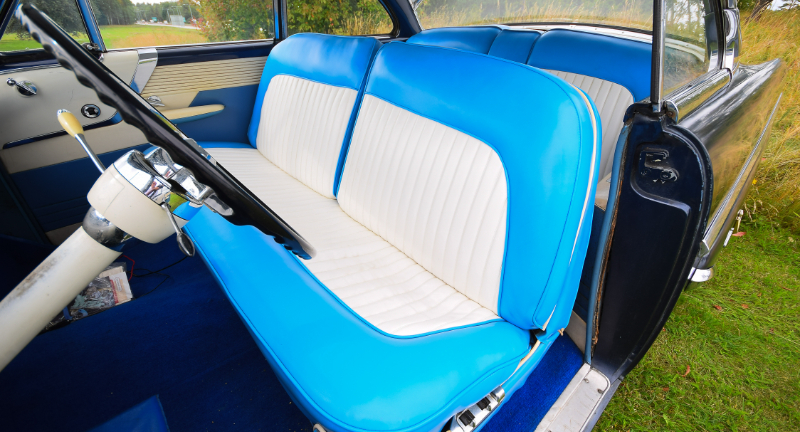
Pop-Up Headlights
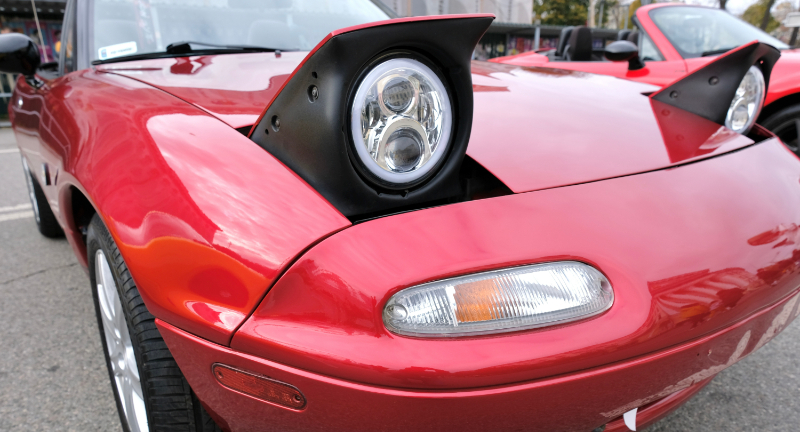
Gas Filler Cap
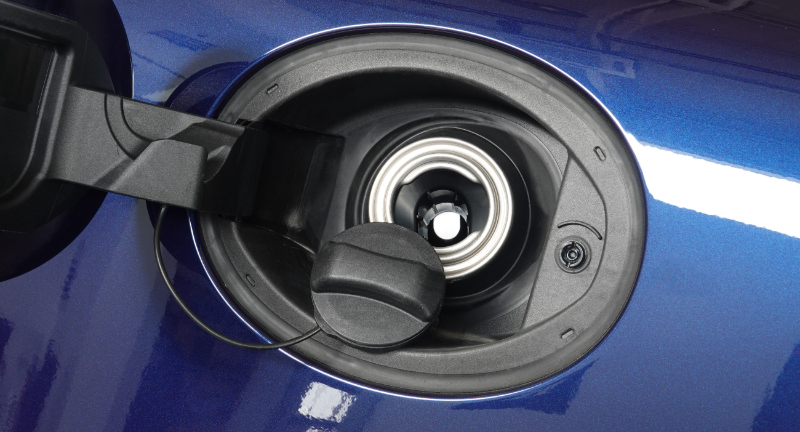
Hood Ornaments
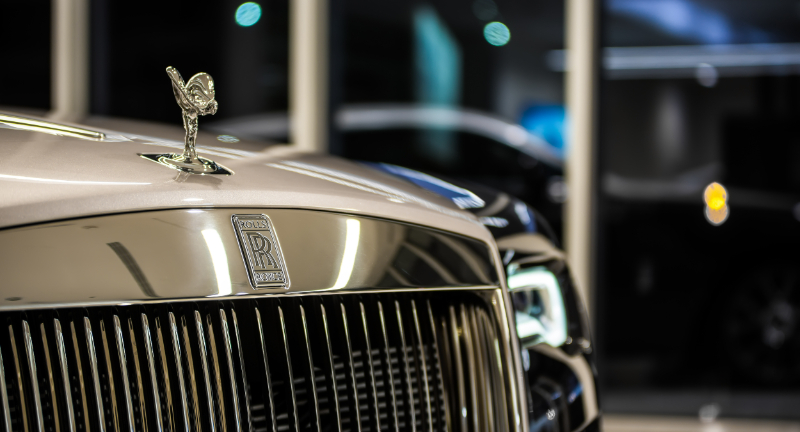
Spare Tire
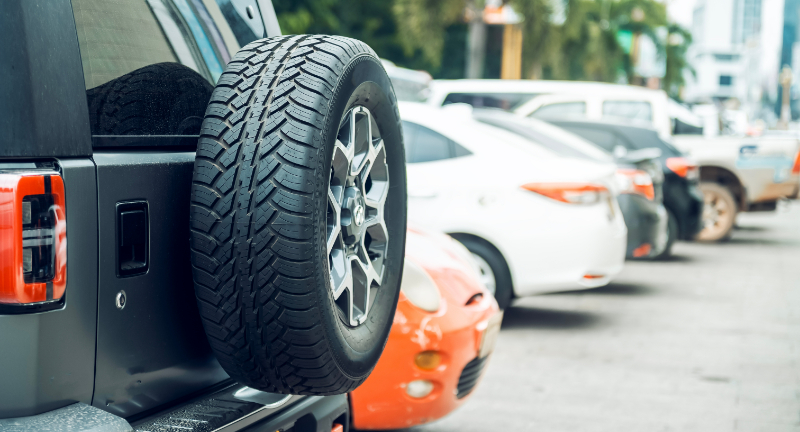
Power Antenna
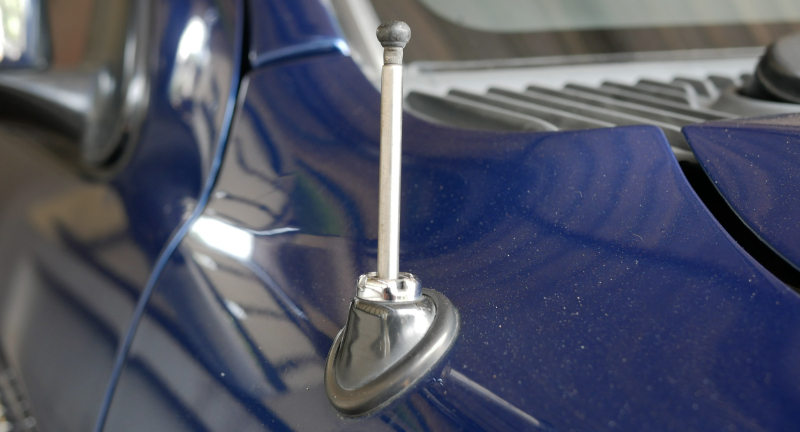
Parking Brake Handle
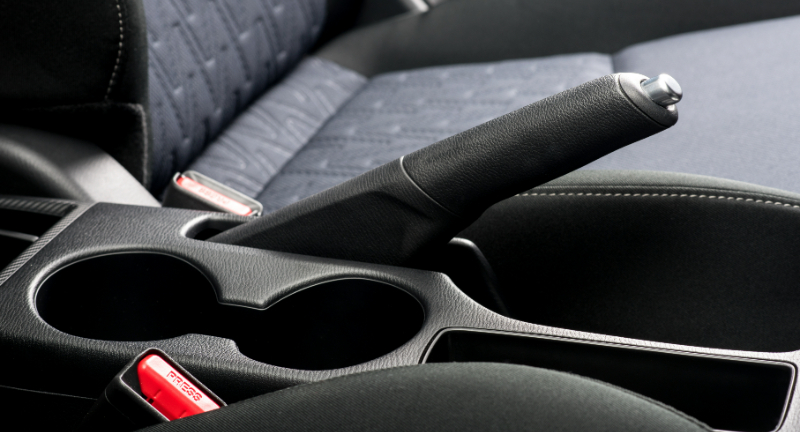
More From Auto Overload
-
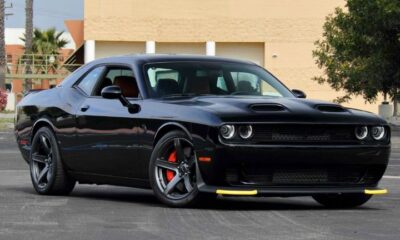

8 Of The Fastest American Cars Ever Made
-
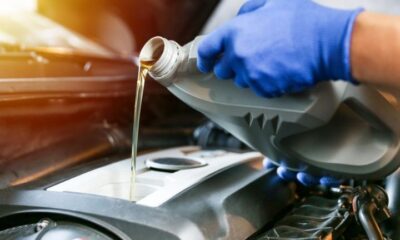

6 Best High Mileage Motor Oils On The Market
-
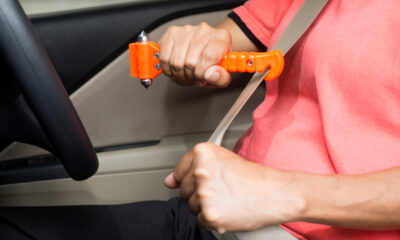

11 Essential Items You Need To Keep In Your Vehicle
-


6 Strategies To Save At The Pump
-
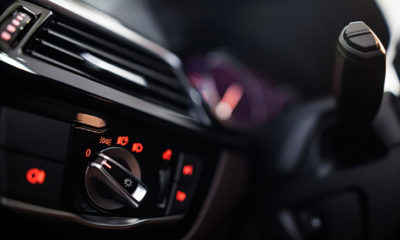

Two Essential Truths Every Car Owner Needs To Know
-
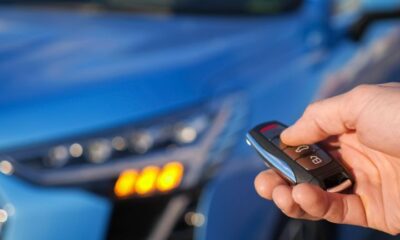

8 Tactics To Deter Car Thieves
-
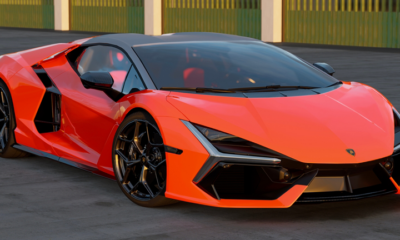

11 Coolest Cars Being Developed Right Now
-
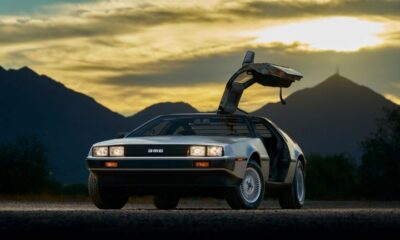

10 Weirdest Cars To Ever Hit The Road
-


9 Things You Should Never Leave In The Car
-
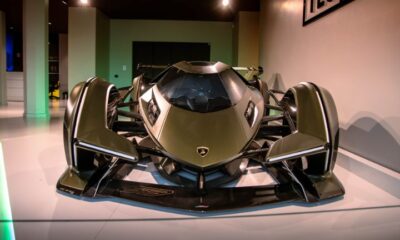

12 Most Astonishing Concept Cars Ever Created
-
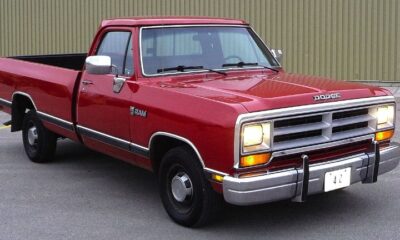

10 Greatest Trucks Ever Built
-
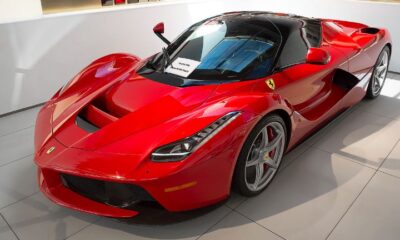

10 Of The Most Powerful Supercars On Earth
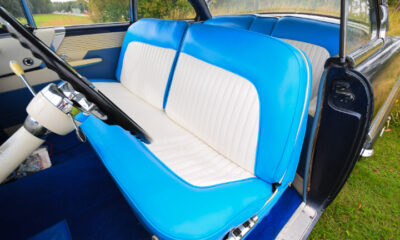

6 Popular Car Features That Will Never Be Seen Again
Venturing into the market for a new car after some time can be overwhelming, given the rapid advancements in vehicle...


6 Best High Mileage Motor Oils On The Market
As vehicles age and accumulate miles, the demand for high-mileage motor oils grows significantly. These specialized lubricants are formulated to...
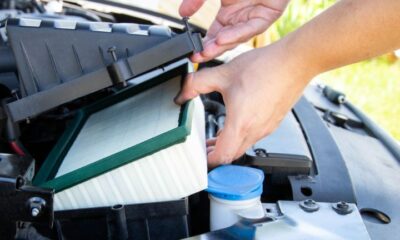

8 Easy Ways To Increase Your Car’s Value
If you’ve been contemplating selling or trading in your car, there are simple yet effective ways to enhance its value...
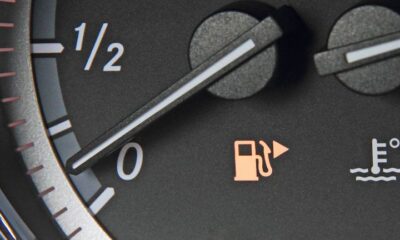

10 Common Car Problems Every Driver Should Be Aware Of
While many of us rely on our cars for daily transportation, we often do so without fully understanding the subtle...

